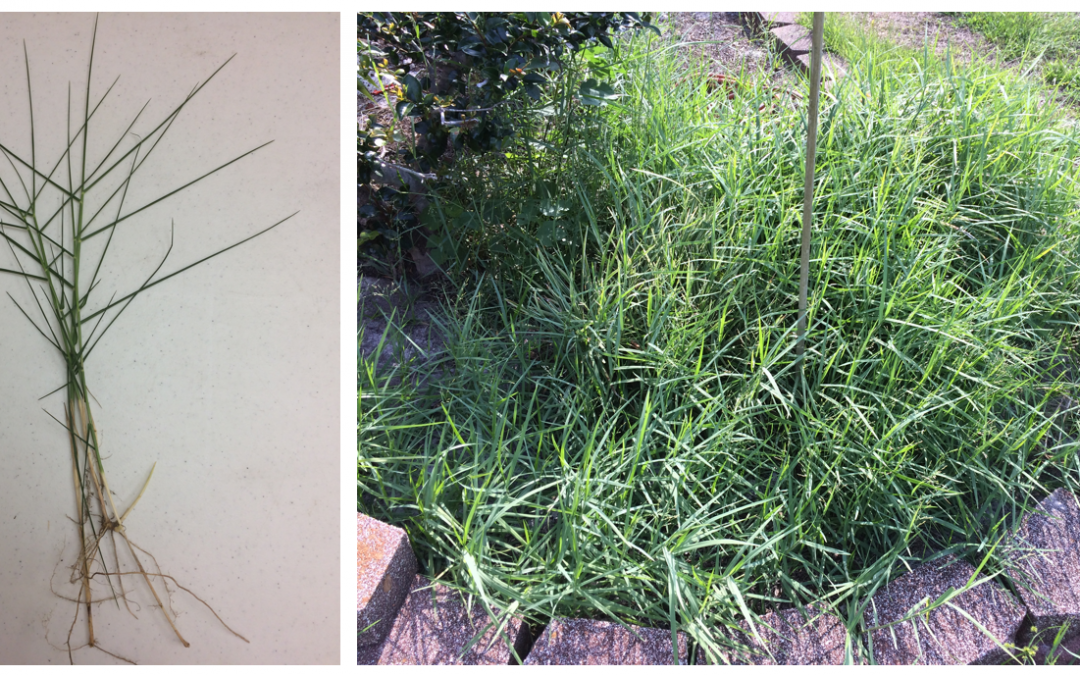
by Ray Bodrey | Aug 2, 2019
Tordpedograss (Panicum reopens) is one of the most concerning weeds in Florida, and has become a significant weed problem in the Panhandle. This weed’s favorite habitat is in or near ponds and ditches, but will spread across lawns, turf fields, and pastures. A native...
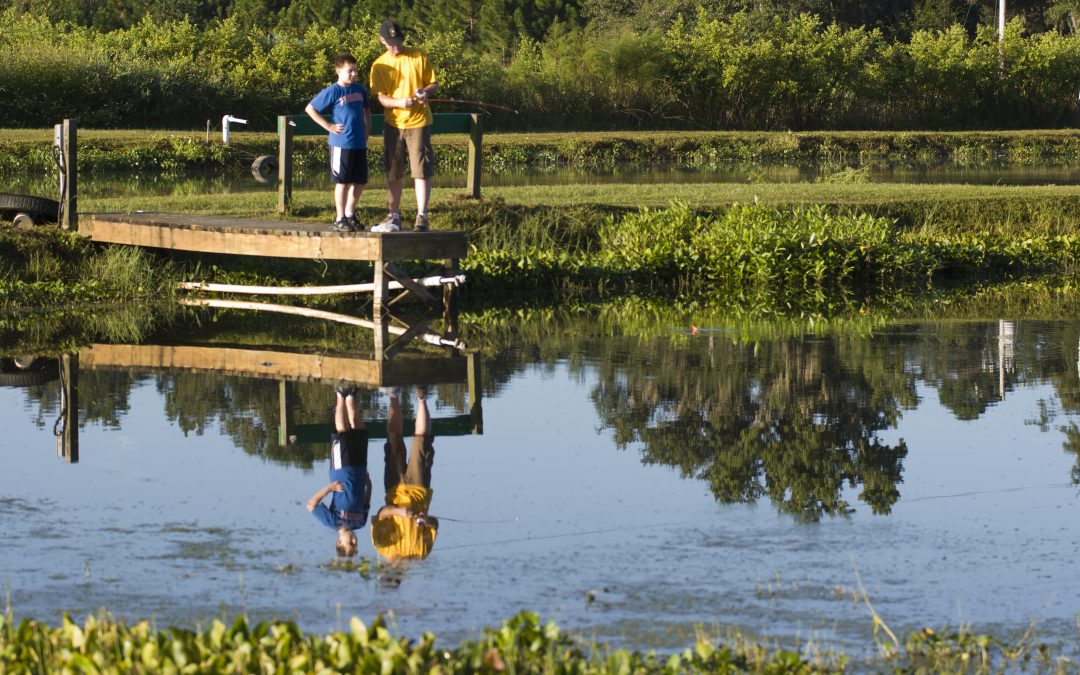
by Judy Biss | Sep 21, 2018
Farm ponds of all shapes and sizes are common in rural Northwest Florida. They are built for a number of reasons such as irrigation, water management, boating, fishing, wildlife viewing, livestock watering, and food production. Each of these uses guides the way the...
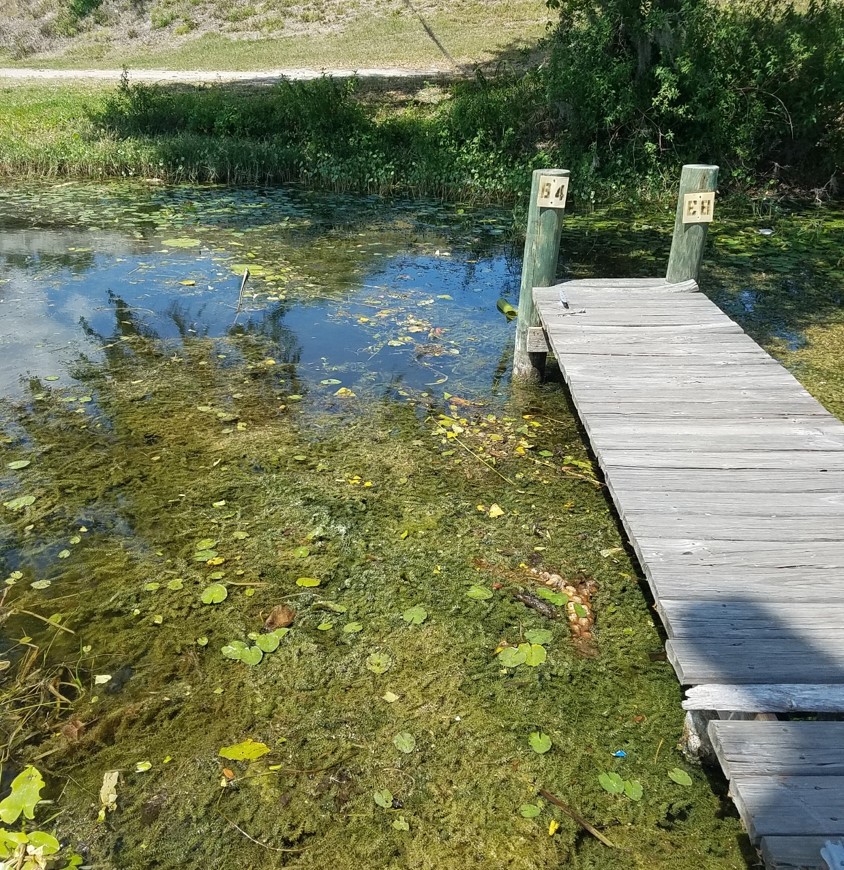
by Judy Biss | May 18, 2018
Florida has hundreds of aquatic plant species, and they are an often-overlooked feature of Florida’s landscape. Overlooked that is, until the growth of non-native (even some native) species interferes with use of our waters. Some aquatic plant species can become...
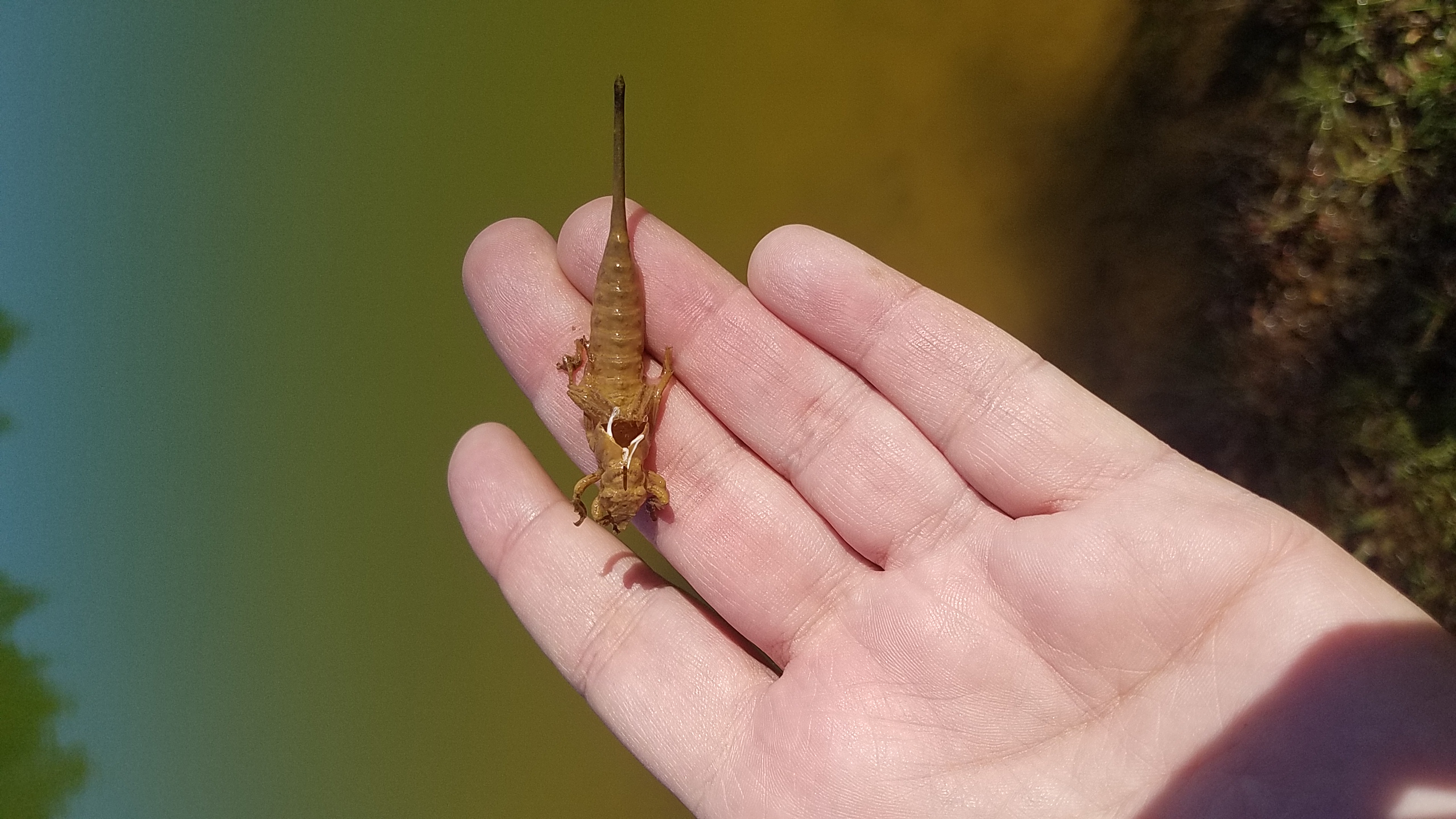
by Libbie Johnson | May 11, 2018
During a pond visit to the dry northern part of Escambia County, something caught my eye floating along the margins of the pond. There, on the shore, perched on a blade of grass, was an empty dragonfly exoskeleton and a newly emerged adult dragonfly (see image...
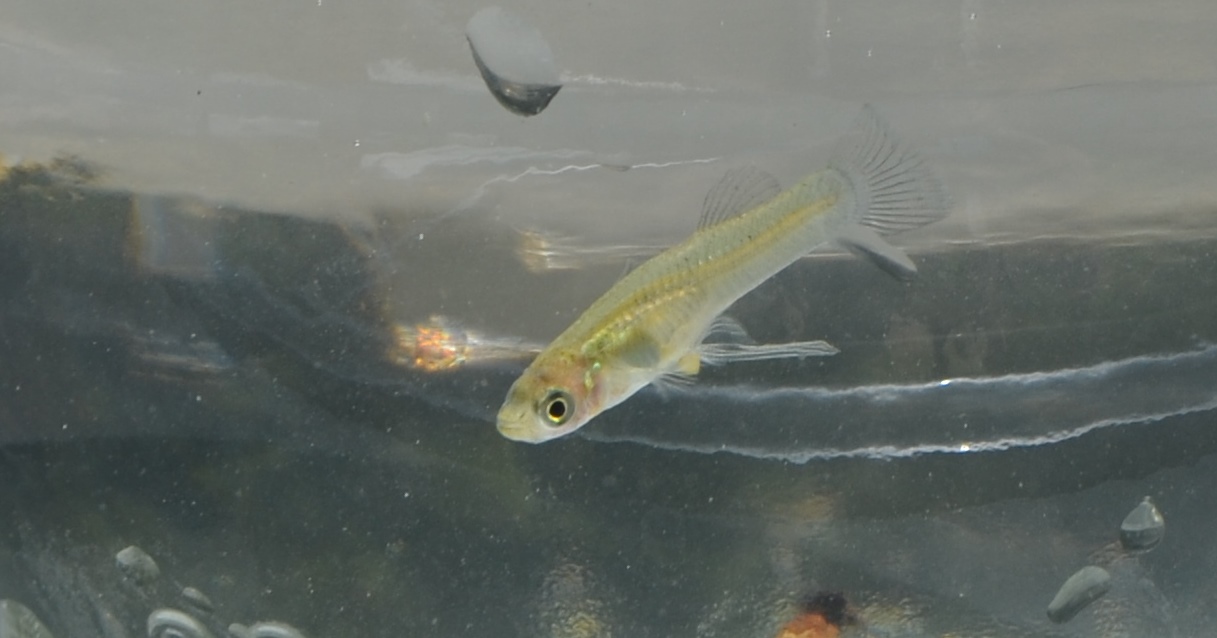
by Les Harrison | Jun 30, 2017
The consistent and ample rains of late over Florida’s Panhandle assure enough moisture is available for row crop production and development, and forage growth. It has also minimized, if not eliminated, the need for irrigation and its associated cost. As with anything...
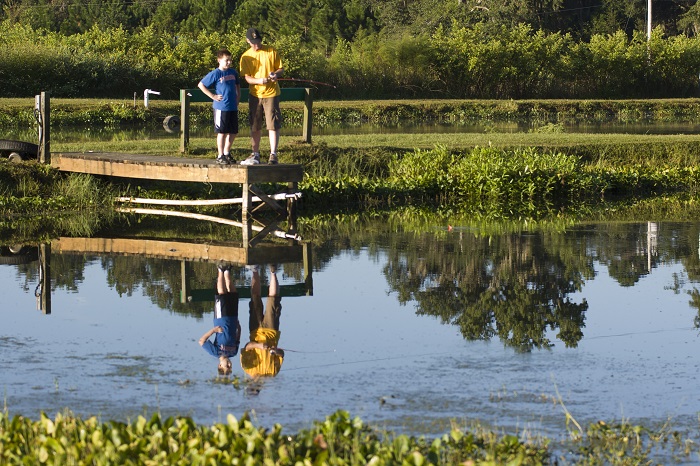
by Mark Mauldin | Jun 16, 2017
Every year as the temperatures get warmer the number of calls related to weed problems in fish ponds increases. That was the case this year also, with one notable difference; the calls started coming in March and April, not June and July as they would during a...







